By: Ted Villegas, TedV Studios, Guest Blogger
Sheila here. Thanks for coming to The Marketing Forum blog. Today, we hear from guest blogger, Ted Villegas, photographer extraordinaire, who is sharing a series of articles on how to get the best out of your photography. Take it away Ted.
Three Key Components to Obtain a Great Photo
Well, let me start by quoting Ansel Adams one of the most iconic landscape photographers of our time.
“The single most important component of a camera is the twelve inches behind it!”
— Ansel Adams
So with that being said, having a nice camera, in my opinion, contributes to only about 1% of the equation in being able to create an excellent photograph. The remaining 99% is due to the photographer making artistic and technical decisions. A professional photographer has the training, knowledge, and expertise to create images that speak for themselves. Three essential keys are necessary that every great photographer must understand.
Composition
Let’s break this down briefly. Composition is the angle utilized to give the subject matter the most impact. There are times for symmetrical balance and asymmetrical balance in your photographic compositions. The proper use of the positive and negative space aspect and leading lines helps keep the viewer interested in the subject matter. Shown below are examples of Symmetrical and Asymmetrical Balance compositions.
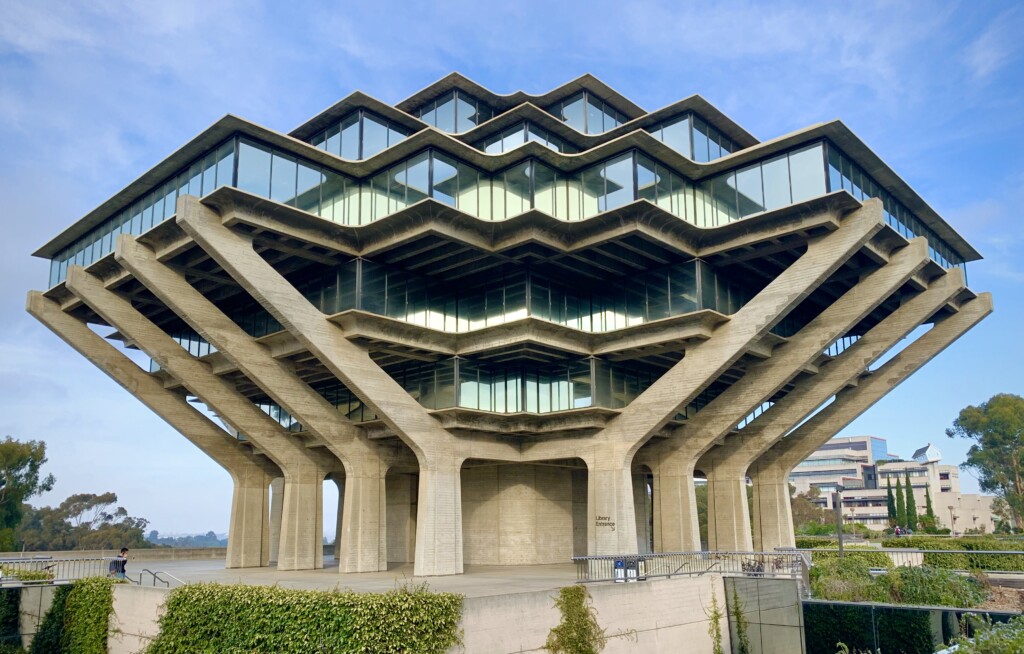
The image above is an illustration of Symmetrical Balance. If you divided the image in half you literally would get a mirrored image of each half. Photo of the Geisel Library located on the UCSD campus courtesy of Ted Villegas.
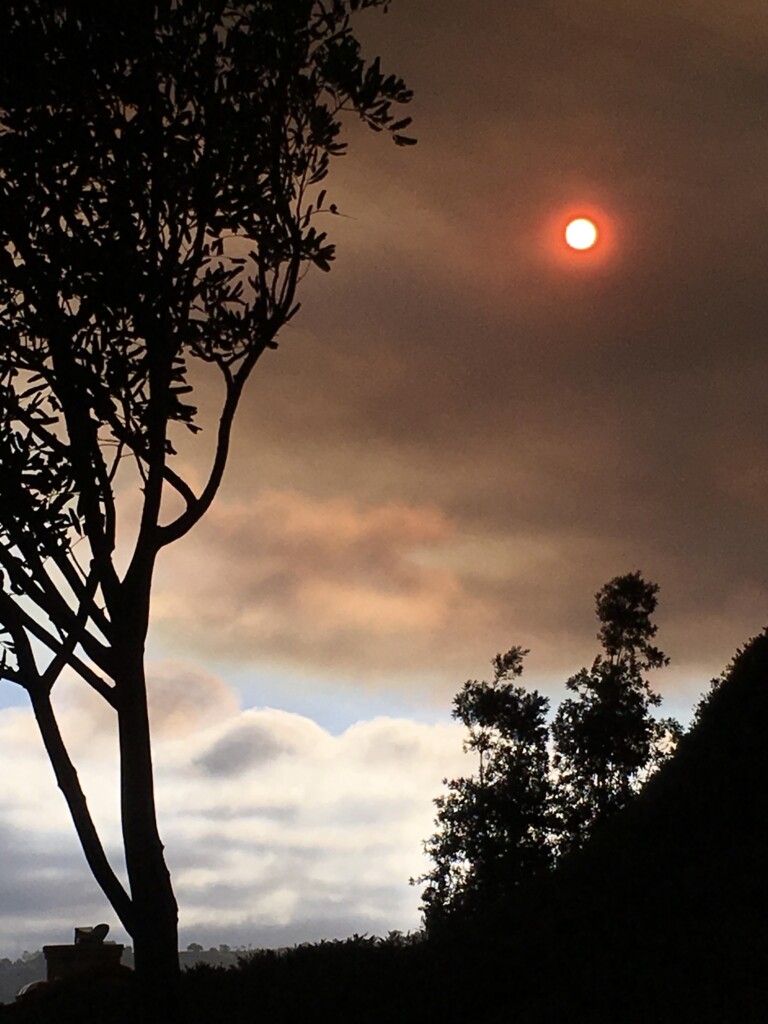
Shown above an example of Asymmetrical Balance. The image works when you have the weight of two subjects/objects within the same image allowing for a visual balance. The subjects are not centered on this type of composition. Both subjects will work like a counterbalance creating a more appealing and interesting photograph. This scenic shot was taken in San Juan Capistrano as the result of the nearby fires in Orange County. Photo courtesy of Ted Villegas.
Lighting
Lighting, whether it be natural, existing lighting, or studio lighting, helps bring shape, form, and texture to the subject whether this is a person or a still life image. The lighting approach will elicit a mood or feeling depending on the choice of lighting i.e., soft lighting (window light look) with soft shadows or a pinpoint light source (the sun) for a more dramatic look with hard distinct shadows. How a photographer uses light is much the same way that an artist uses a paintbrush… a sense of direction is always present.

The above photo was taken in Bryce Canyon National Park, located in southwestern Utah. As you can see, the strong side lighting helps showcase the texture of these rock formations. Photo courtesy of Ted Villegas.
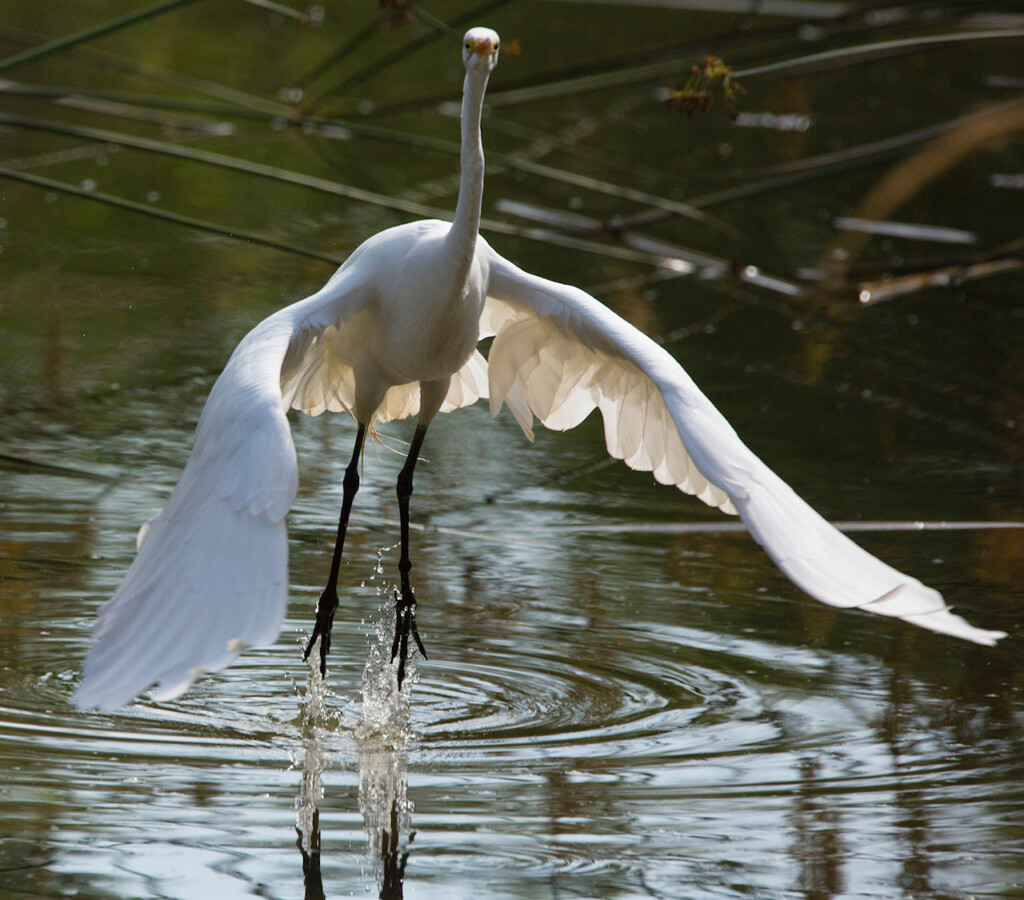
Another lighting example where the strong backlit direction gives a translucent quality to the bird’s wings. Photo was taken at the San Joaquin Wildlife Sanctuary in Irvine, CA. Photo courtesy of Ted Villegas.
Timing
Timing is the final essential key to creating an outstanding photograph. Knowing when to actuate the shutter button can make all the difference in the world between having a spectacular image or just a mere snapshot! One obvious area of photography that requires this proper sense of timing is in “Sports” photography. Even when photographing people, facial expressions can change within milliseconds so anticipation by a seasoned professional photographer will yield more outstanding results.
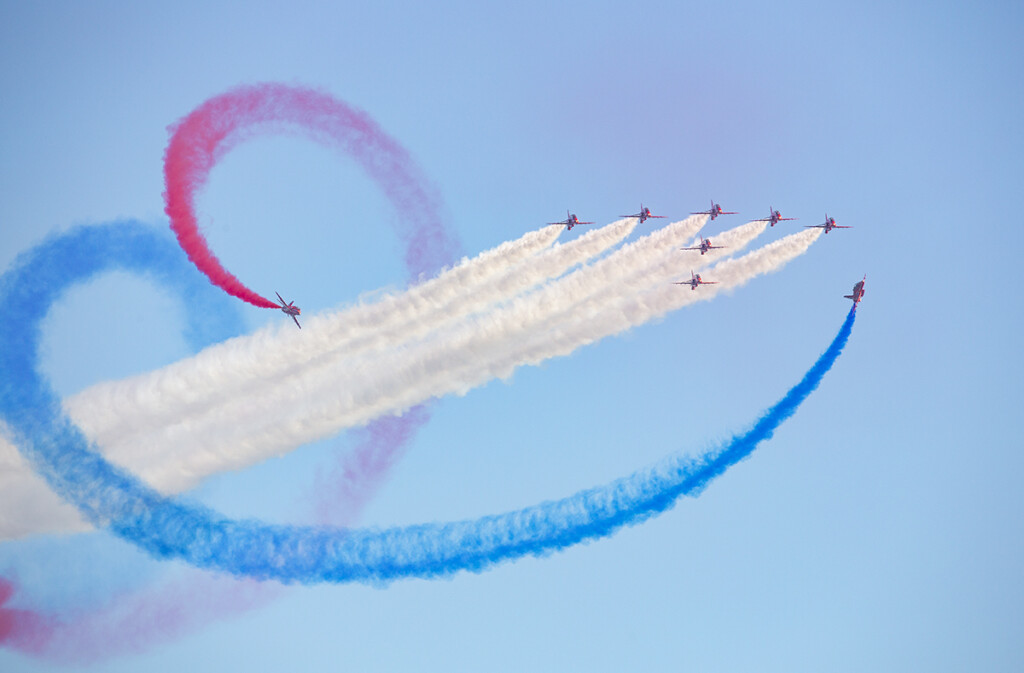
Timing is everything when you are capturing fast-moving objects. This shot was taken in Huntington Beach, CA at the Great Pacific Air Show. Photo courtesy of Ted Villegas.

Another fast-moving object where knowing when to click the shutter can really make a difference. The wing position can change in a split second. This photo was taken at the San Joaquin Wildlife Sanctuary in Irvine, CA. Photo courtesy of Ted Villegas.
So, in the words of Ansel Adams…
“You don’t take a photograph, you make it.”
— Ansel Adams
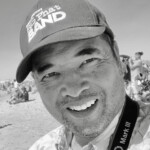
Ted Villegas is a graduate of the prestigious photographic school, Brooks Institute of Photography in Santa Barbara, CA, where he earned a Bachelor of Arts degree majoring in Illustration & Advertising Photography. He started his photography career working for Robinson’s Department Stores in downtown Los Angeles. His photography work was also featured in the LA Times as well as on billboards. After many years of catalog work, he became involved in photographing more high-tech products from clients like Western Digital, Hitachi, Q Logic, and Lantronix. Ted also is an experienced videographer and does both shooting and editing. Ted can be reached at TedVStudios; Phone: 714-403-3603; Email: tedvstudios@outlook.com
Did you enjoy reading the above article? Please share your thoughts in the comments section below! And if you liked this article, please share it on your social media sites and with your colleagues. It’s easy. Just click the share buttons at the top of this blog article.





